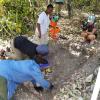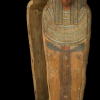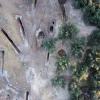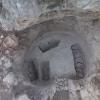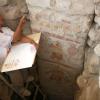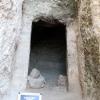Ancient Explorers of Cyprus: Traversing Land and Sea in the Epipalaeolithic
The Ancient Seafaring Explorers in Cyprus (ASEC) project conducted its inaugural field season from September 10-September 20, 2019. The goals of the project are to investigate the earliest occupation of the island, specifically the Late Epi-Palaeolithic through early Neolithic periods, (ca. 10,000 -8000 years ago). The project aims to reveal evidence for the nature of these early hunter-gatherer occupations at sites on the south coast of Cyprus, both on land and those submerged by rising sea levels over subsequent millennia.







